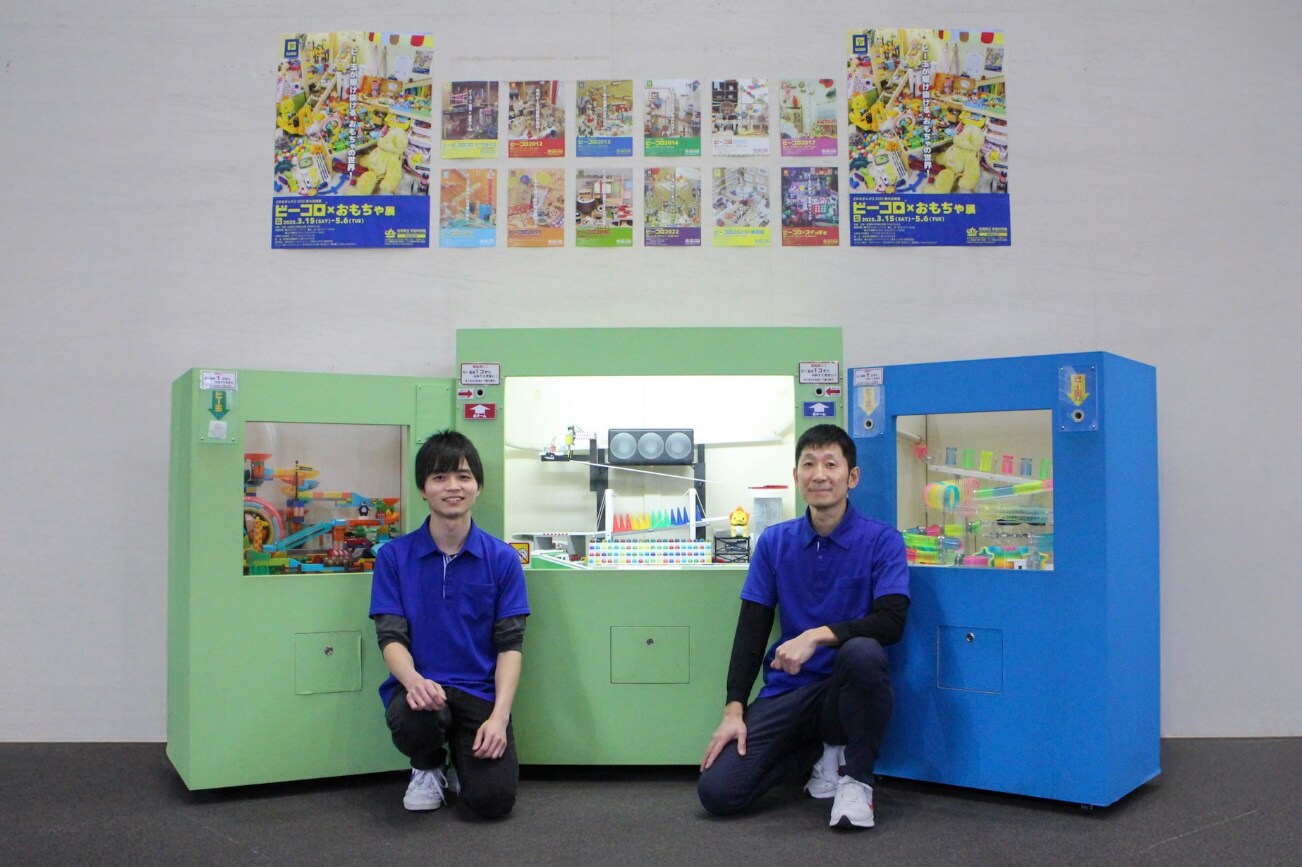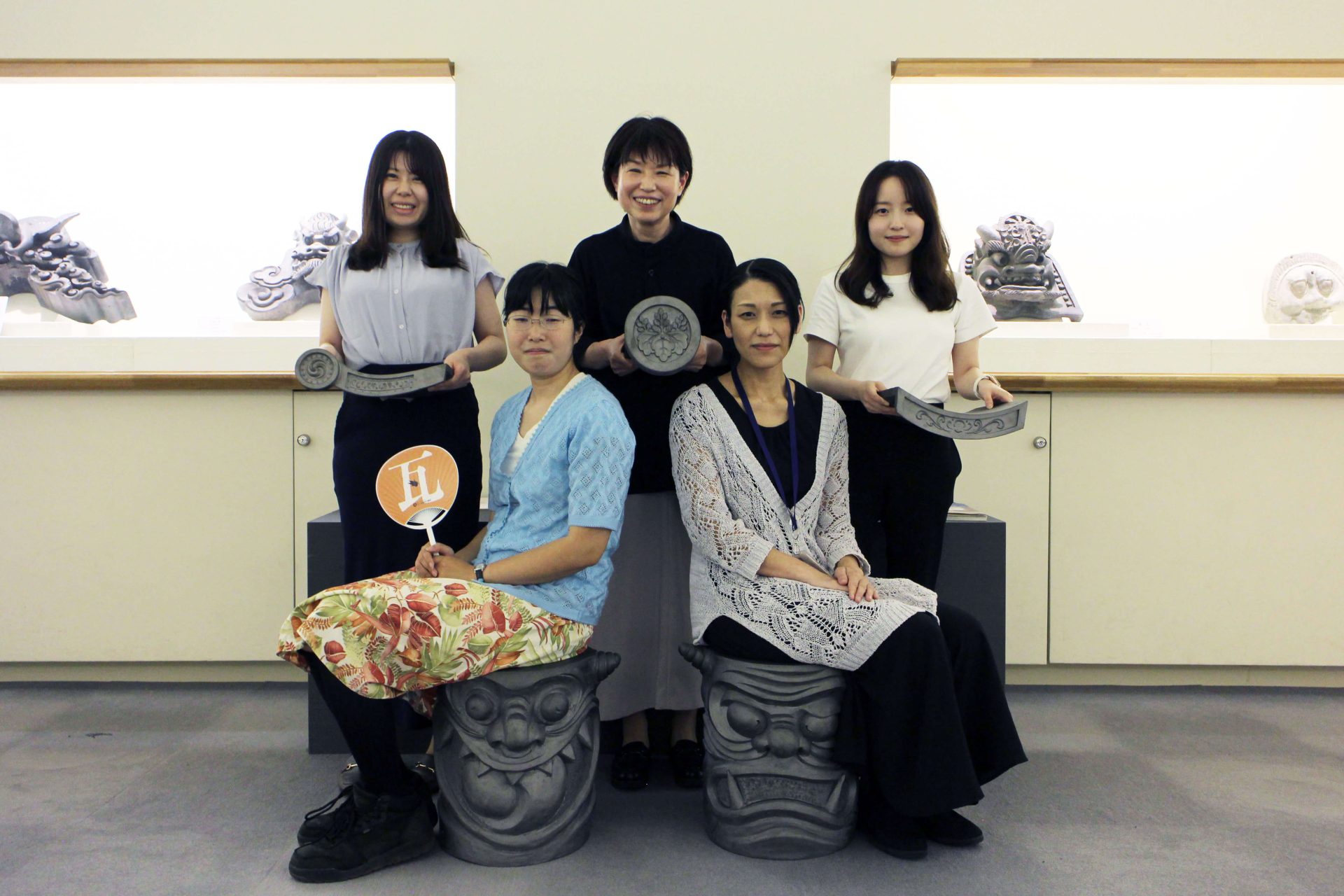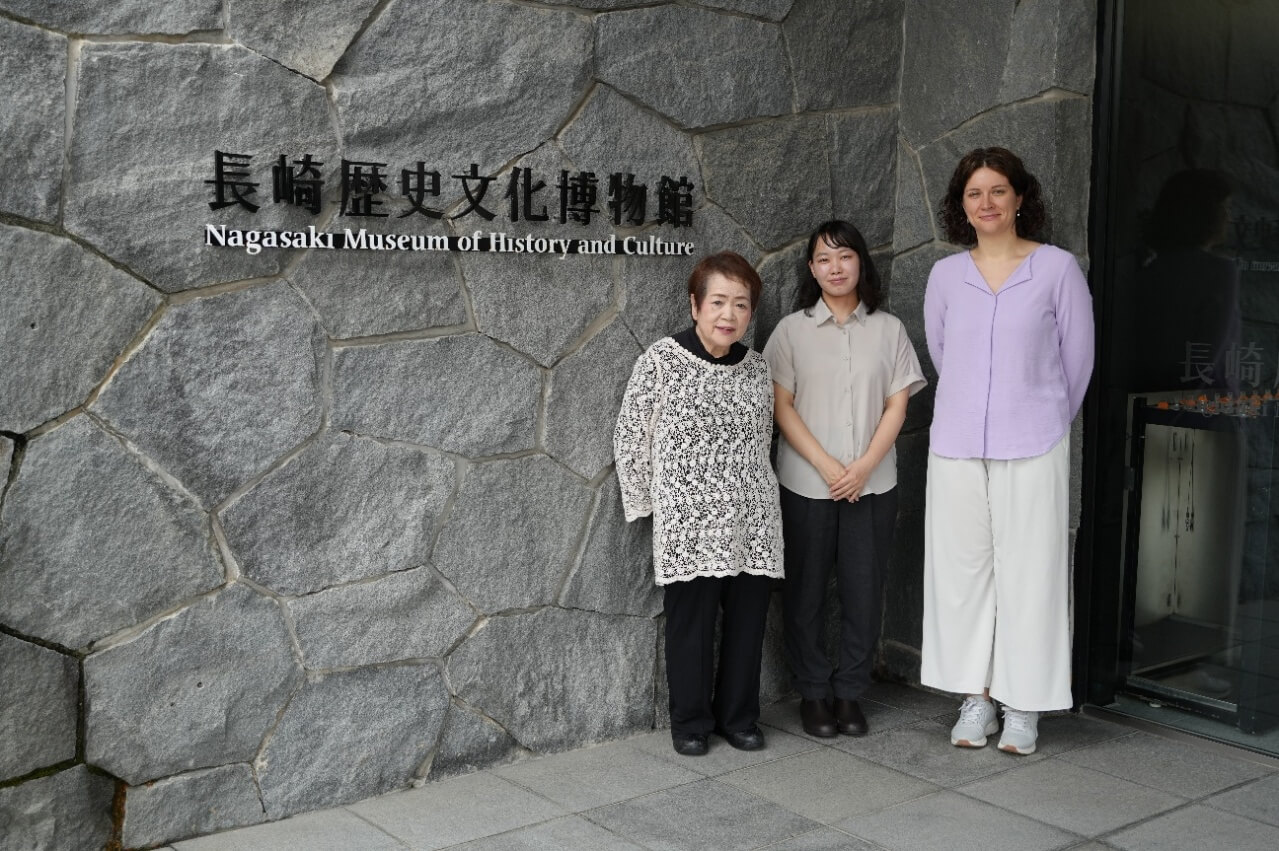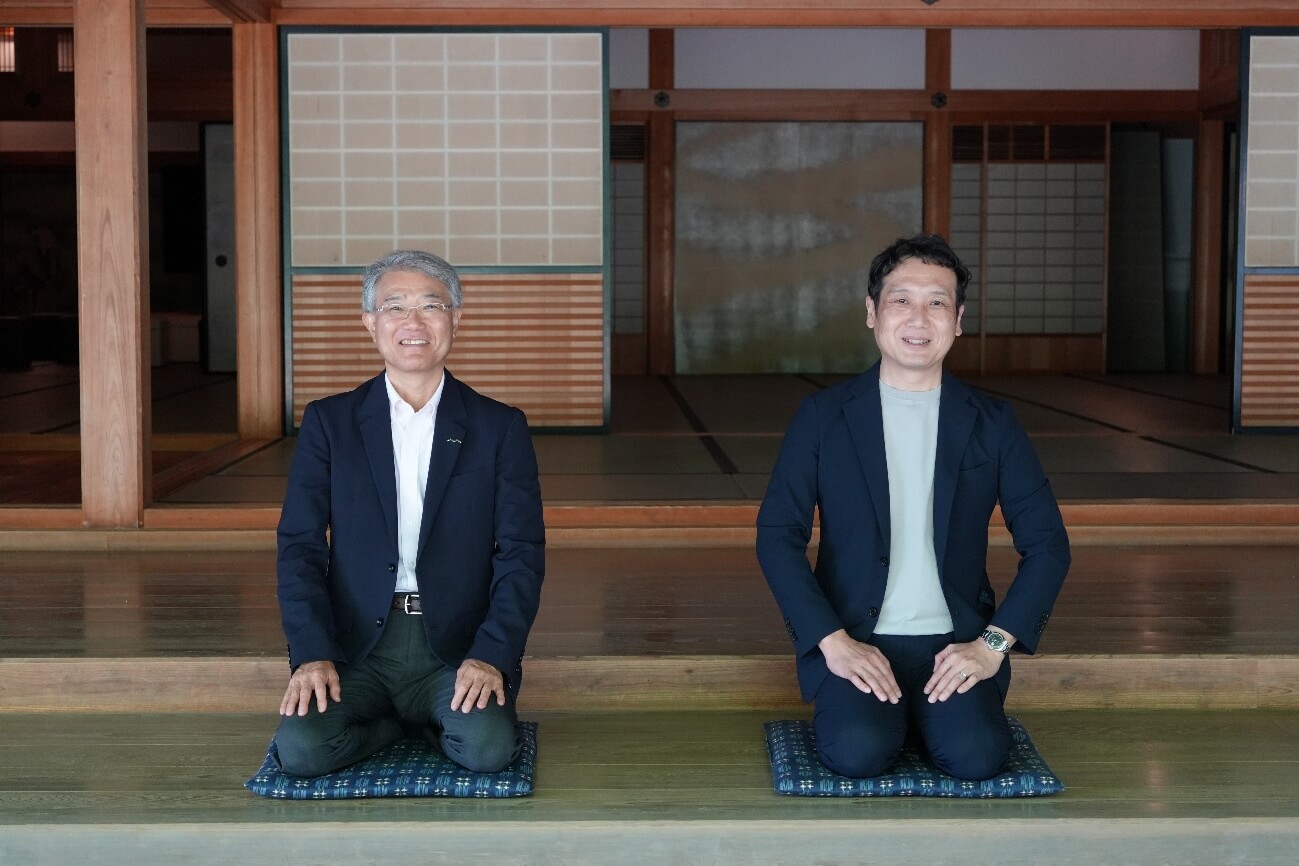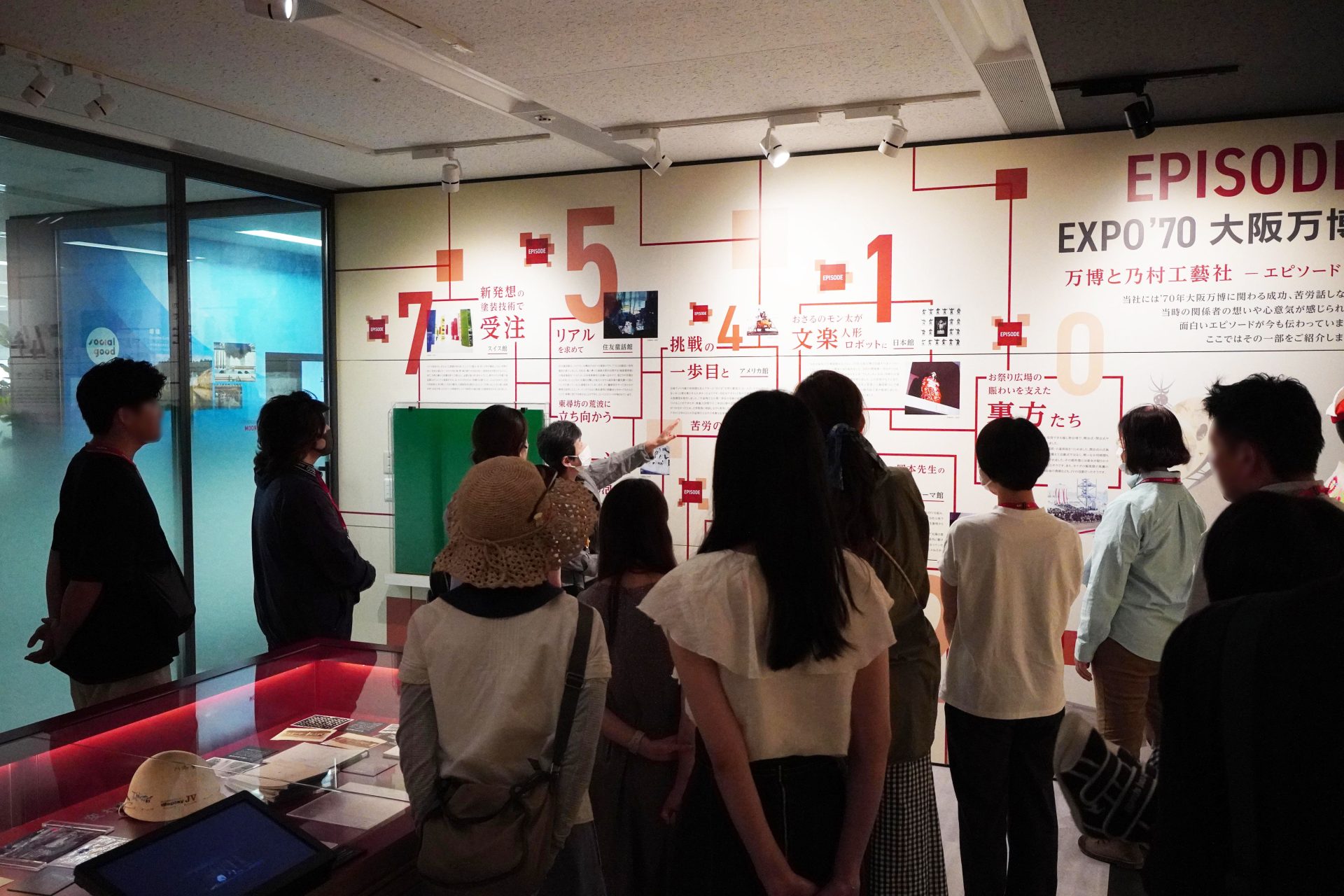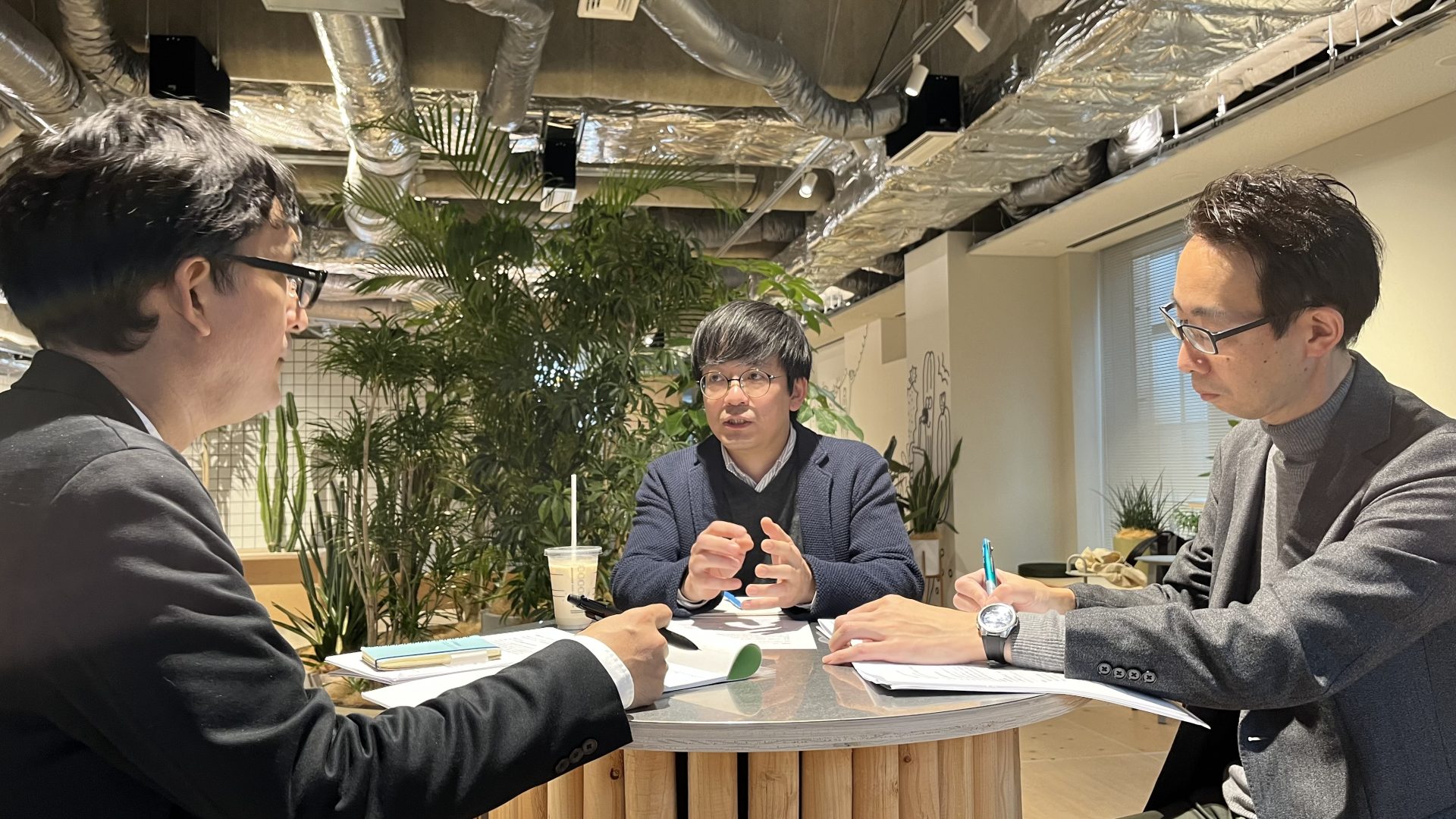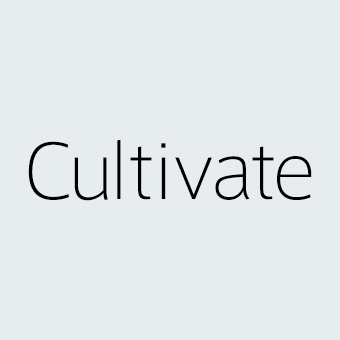
Let's make it, move it, and walk it together
Hamamatsu Science Museum's "Mirai-Ra": Five Years and Beyond
2025/04/30
- text and edit by
- NOMURA Co., Ltd. Facility Management Business
As a comprehensive space production company, NOMURA GROUP not only designs and constructs spaces, but also manages the operation of facilities after they open. The Facilities Business Operations Department of the Business Production Headquarters is responsible for the comprehensive operation and management of the entire facility, including research and curatorial departments, with a focus on cultural facilities such as museums, science museums, and art galleries.
Hamamatsu Science Museum "Miraila" in Hamamatsu City, Shizuoka Prefecture is a facility that has been operated by a joint venture between NOMURA Co., Ltd. and local company SBS Promotion Co., Ltd. as a designated manager since 2019.
The third mid-term plan, which is formulated every three years over a 10-year period, will begin in the spring of 2025. The first of two exhibition renewal plans to be implemented during the designated period was completed in March.
As its operations as a designated manager reach a turning point, Hamamatsu Science Museum is not only cultivating a "scientific mind," but is also nurturing activities that have been sown with the idea of what it can do for the community and together with the local people, and the museum is growing beyond the framework of a science museum into a hub where diverse people from the local community can gather.
As we continue to promote our facility management business, we believe that Hamamatsu Science Museum's community collaboration efforts could serve as a cutting-edge model for museum management in today's co-creation society. We interviewed the museum director and staff about their efforts over the past five years, their goals for the future, and their thoughts on the community-participation-oriented exhibition renewal.
Hamamatsu Science Museum continues to evolve through collaboration with local businesses
Creating unique programs and introducing a supporter system
The mission of Hamamatsu Science Museum is to "connect people through diverse cultural exchange using science as a gateway, and to contribute to the development of a creative city based on pride and affection for the local community" and to "become a science museum open to the local community as a place where people can enjoy science, learn in a safe environment, and cultivate the curiosity of each individual."
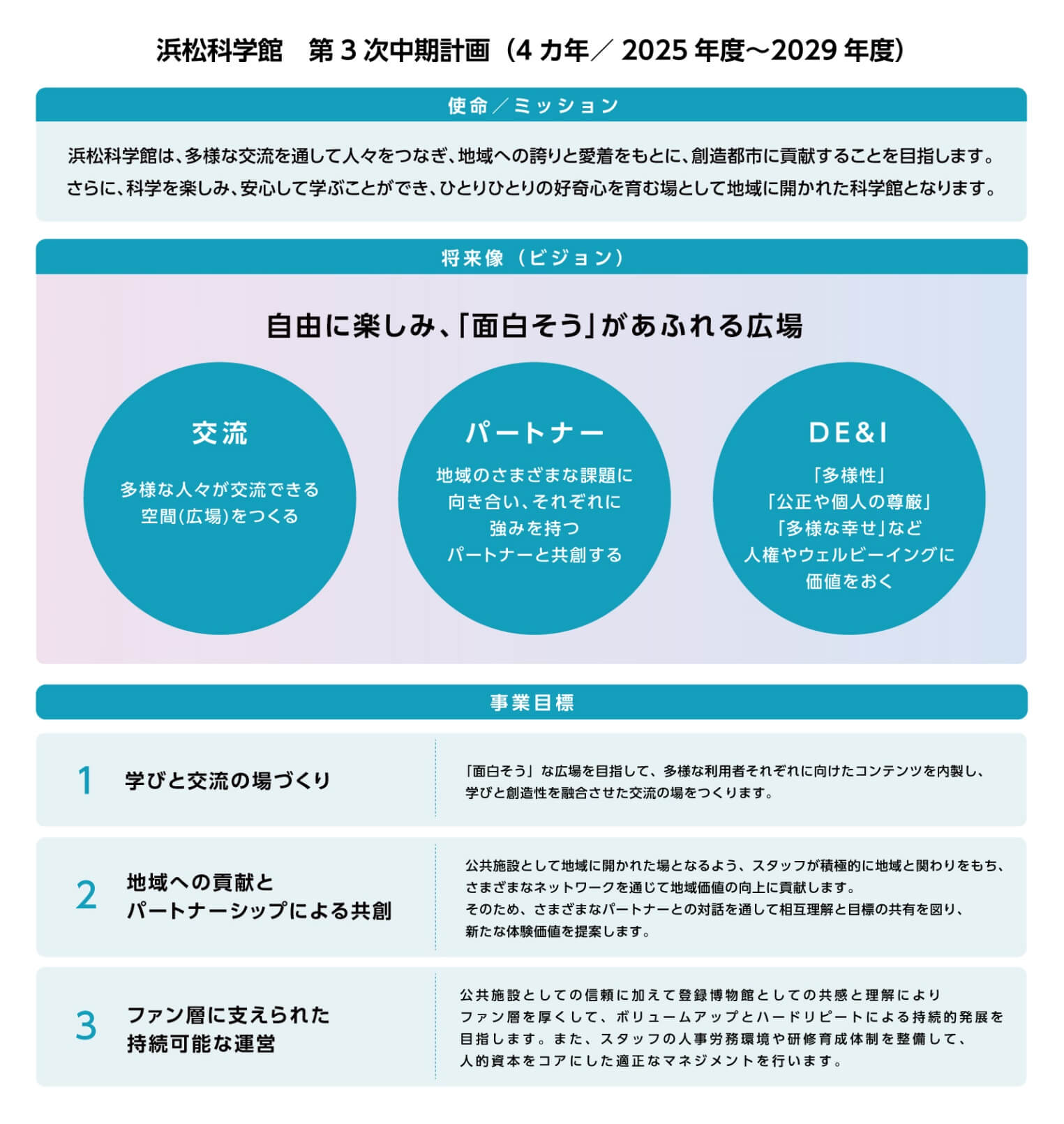 Mission and Business Plan | Hamamatsu Science Museum
Mission and Business Plan | Hamamatsu Science Museum
First, we spoke to Director Odagi and Chief Educator Ueno, who act as a bridge between the museum and the local community, about the efforts that have been made so far to become a "science museum open to the community," as stated in the museum's mission.

PROFILE
Mr. Motoyuki Odagi (left)
Director of Hamamatsu Science Museum "Mirai-ra"
He has been in his current position since 2019. He also serves as a Regional Strategy Fellow at SBS Promotion Co., Ltd., and is actively involved in improving the appeal of the Hamamatsu Science Museum while maintaining close communication with Hamamatsu City and local businesses. He is originally from Hamamatsu City.
Mototsugu Ueno (right)
Chief Educator of the Business Planning Group
After working at the Yamanashi Prefectural Science Museum, she began working at the Hamamatsu Science Museum in 2019. As the science communicator Ue-chan, she plans and hosts science shows at the Miraira Stage inside the museum, as well as planning and managing exhibitions, events, and workshops with local companies. She also actively appears at events and visiting classes held both within and outside the prefecture, continuing to convey the fun of science to people of all ages.
Director Odaki
As the director of a science museum, I receive various consultations from local residents. Also, when I talk about the science museum, they listen with interest. Science museums are an attractive point of contact with citizens for companies.
The permanent exhibition room also features collaborative exhibits from local companies such as Suzuki Motor Co., Ltd., Yamaha Motor Co., Ltd., Yamaha Corporation, Kawai Musical Instruments Manufacturing Co., Ltd., Roland Corporation, and Hamamatsu Photonics K.K., but collaboration is not limited to exhibits.
For example, there are many unique projects born from collaborations with companies, such as "Science Show x Jazz" and "Science Show x Bike." Last summer, we were invited by the Entetsu Department Store in front of Hamamatsu Station to hold an event in a corner of the floor.
Ueno
Our staff listens to what the companies have to say and works on planning together from scratch. There are many cases where technology is commonplace to the companies, but is surprising to us. For example, we work on the plan through such exchanges as, "It would be very interesting if you showed or communicated it like this," or, "Let's make it clearer that it is used in all of that manufacturer's products." We are grateful that we can broaden the scope of the science museum's activities by receiving new themes from the local area and working on them together.
 "Science Show x Jazz: The Science of Musical Instruments" planned with Yamaha Corporation
"Science Show x Jazz: The Science of Musical Instruments" planned with Yamaha Corporation
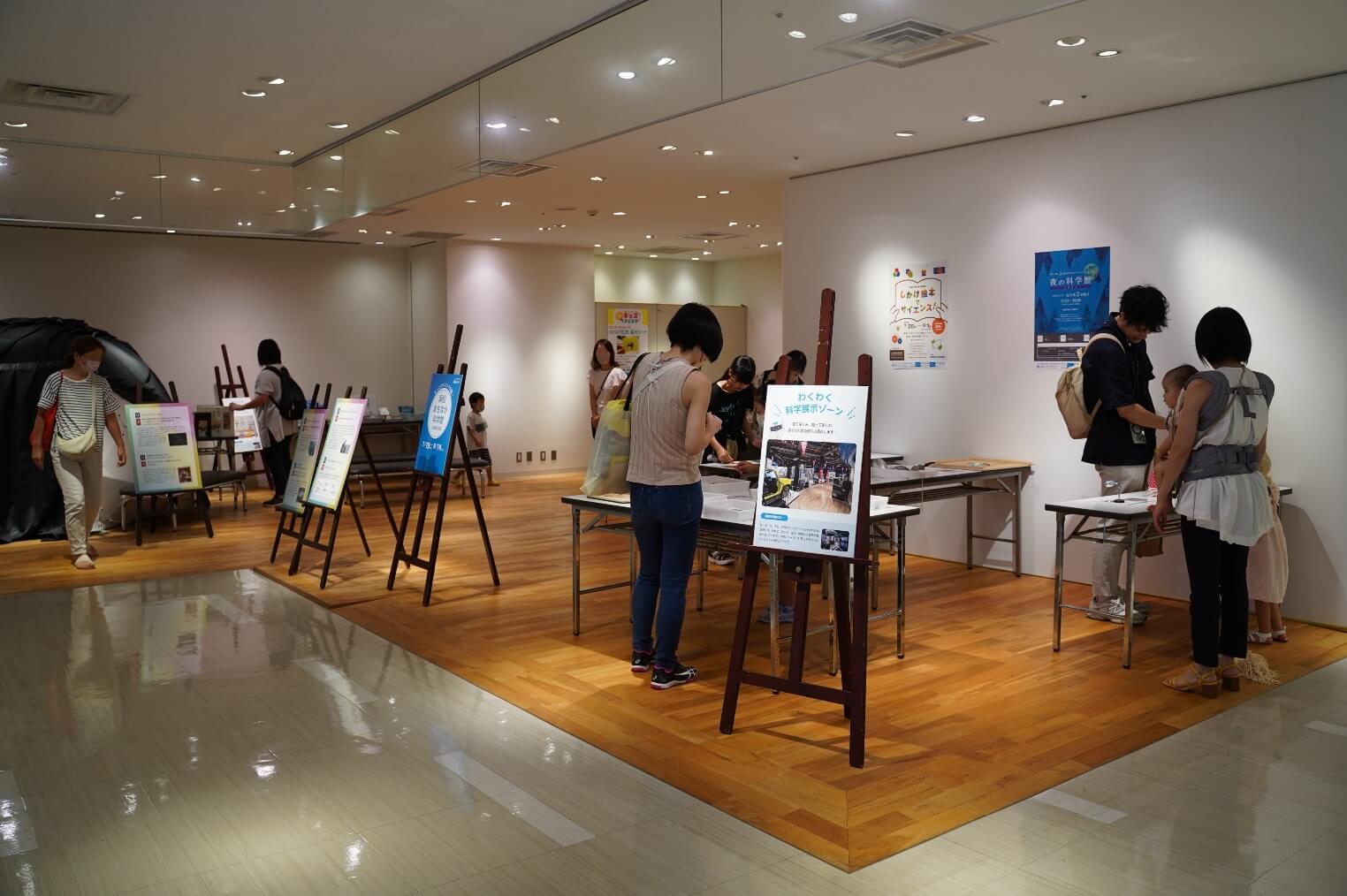 "Hamamatsu Machinaka Science Museum" held at Entetsu Department Store during the summer vacation of 2024
"Hamamatsu Machinaka Science Museum" held at Entetsu Department Store during the summer vacation of 2024
Director Odagi
In order to deepen ties with the local community, the Hamamatsu Science Museum Supporter Membership Program was launched in 2023 for corporations and organizations. In exchange for their ongoing support of the museum's operations through financial contributions, participants are given benefits such as invitation tickets and their company name is listed on the official website. Currently, more than 50 companies and organizations are supporting the program. Going forward, the program aims to promote further personal exchange and contribute to the local community together as "co-creation" partners. The program is planned to be updated to allow schools and individuals to participate as well.
Ueno
Every year, we hold a "Science School Festival" with local students as a place to present various research activities, and last year marked the third time. It was wonderful to see high school students teaching junior high school students, and not only the science club, but also the art club students participated and drew pictures for the science museum. There are many different ways to look at science, so I hope we can make it a place where more students can stop by.
 Approximately 160 students from 10 schools in Hamamatsu and neighboring cities participated in the Science School Festival.
Approximately 160 students from 10 schools in Hamamatsu and neighboring cities participated in the Science School Festival.
Director Odagi
In this way, our efforts to foster community co-creation have gradually increased, and we are proud that we are finally becoming the "science museum that is open to the community" that we were aiming for. We are extremely grateful to everyone in the community for their cooperation.
Ueno
For us staff members, most of the projects are experiences that we would not be able to have anywhere else, so it is very rewarding, and I think that by working together with the local community, it is quickly becoming a science museum that is "unique to Hamamatsu."
The science museum's mission and plans are created based on everyone's "awareness" and "voices."
At Hamamatsu Science Museum, everyone from the director to the staff have been involved in the local community as if it were their own business, and one of the reasons for this is that the museum's mission and plans are formulated with the participation of all staff. We spoke to Deputy Director Kanda, who has led the formulation of these plans, and Manager Yokota of the Business Management Group, about the history of the project and current initiatives.

PROFILE
Masahiko Kanda (left)
Vice Director of Hamamatsu Science Museum "Mirai-ra"
After working at the Tama Rokuto Science Museum, he began working at the Hamamatsu Science Museum in 2019. In his role as general manager, he leads the effort to formulate the museum's mission and business plan through workshops attended by all staff, and is involved in a wide range of practical operations for the museum, including coordinating with various stakeholders.
Ms. Chikako Yokota (right)
Business Management Group Manager
In addition to supporting the volunteers who work within the facility, she is also actively involved in building networks and engaging with local residents and the community, utilizing her knowledge as a social educator.
Deputy Director Kanda
In my previous job, I worked at the Tama Rokuto Science Museum, and when we introduced a citizen monitor system there, it promoted interaction between staff and citizens. Not only did it lead to a lively exchange of various ideas, but it also left a lasting impression on me that the citizens became fans of the science museum.
At the time, we were in the position of the museum's founders, but we thought that the value of the museum would only be created if the staff built what could be called "co-creation" relationships with local people, rather than just following the plans decided by the management.
Therefore, in 2019, when we began our designated management operations, our museum held a workshop, with the director and all staff participating, to formulate the museum's mission and business plan.
The purpose was for staff with different positions and roles to share the current state of the facility, their perceptions of customers, and issues, but many staff were confused and had questions at first.
Yokota
I was one of them. From the beginning, the deputy director said, "We should hold workshops that involve local people, and we must do so in the future," but at first I wondered why it was necessary and whether it would really be possible.
However, at the workshop we held recently to formulate our third medium-term plan, we were able to build considerable relationships not only with our staff, but also with the volunteers who have been with us since the second plan, and I felt that we had laid the groundwork for everyone to actively participate and exchange opinions.
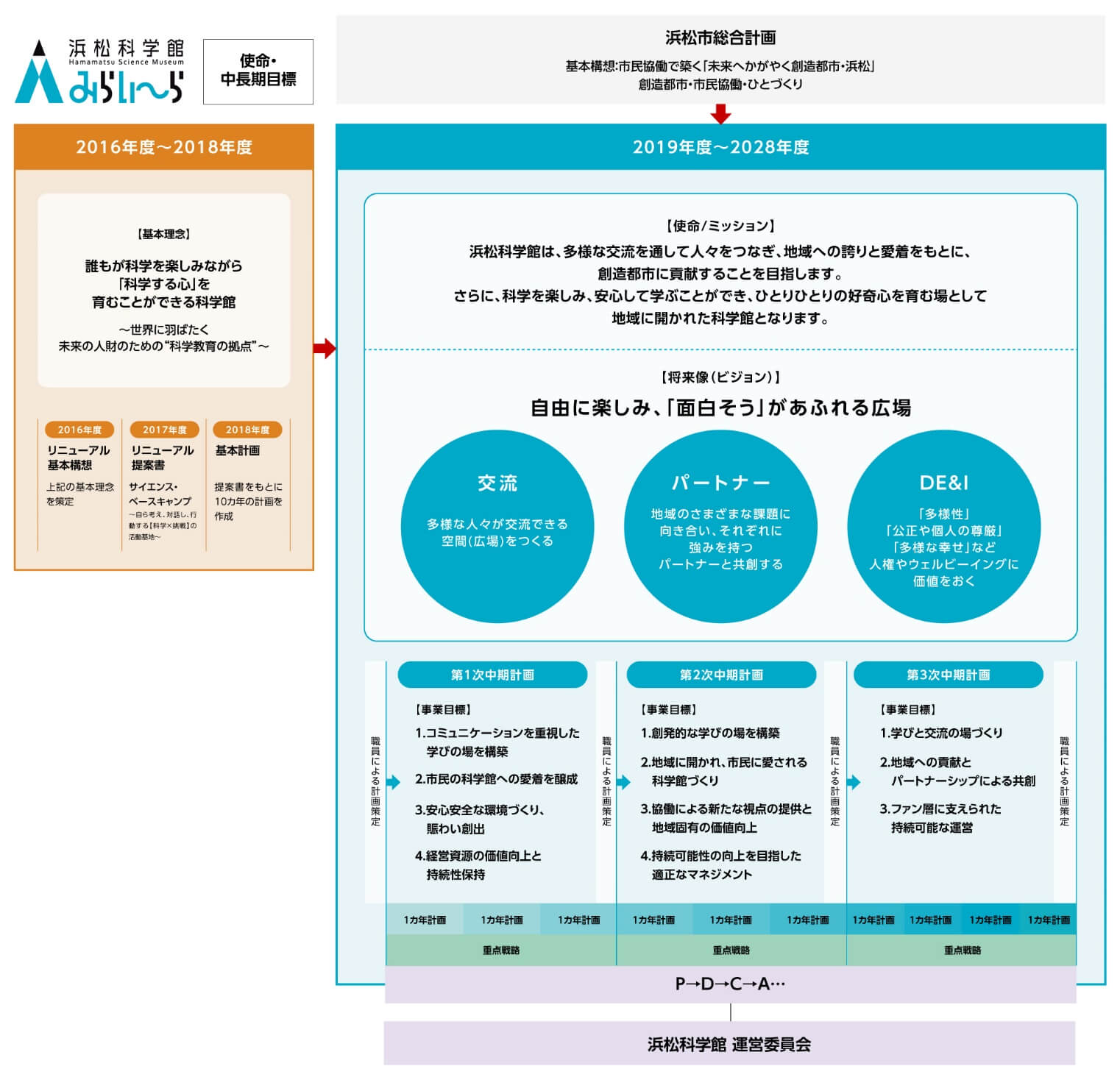 Hamamatsu Science Museum Planning System
Hamamatsu Science Museum Planning System
Deputy Director Kanda
Looking back, the business itself was scaled back during the COVID-19 pandemic, leading to a critical situation, but the importance of our relationships with the local community was a major motivation for us to overcome this. In this workshop, we once again asked ourselves what the local community is, and we received many insights.
In the third plan, we have set out three future visions that reflect the questions about the "region." The keywords are "exchange," "partners," and "DE&I." We are currently working on a renewal of our exhibits, and these are the visions we want to realize through the renewal, and they are also reflected in the process of creating the exhibits.
*"DE&I" is a concept that combines diversity, inclusion, and equity.
Almost all of the exhibits at the museum are created together with local residents, and we even held an inclusive design workshop to realize DE&I.
We toured the museum with so-called "lead users," people who live in the city but have few opportunities to visit the museum, such as those who use wheelchairs or are blind or deaf, and received a wide range of honest feedback, including about the ease of viewing and using the exhibits, the clarity of the signs inside the museum, and whether there were any inconveniences in terms of navigation. We have incorporated as much of the feedback from the "lead users" perspective we gained from the workshop into this exhibition renewal as possible.
 From the Hamamatsu Science Museum official website's exhibition renewal project report page
From the Hamamatsu Science Museum official website's exhibition renewal project report page
Yokota
I believe that a few years ago, the attendant team said they wanted to take training in "Easy Japanese," which is when interest in DE&I began to grow among our staff and a turning point came.
"Easy Japanese" is Japanese that converts words and expressions used in daily life into shorter, easier-to-understand Japanese. With the idea that it would be useful for many visitors, including foreigners, small children, and the elderly, we first took the course mainly for ticketing and customer service staff and back-of-house staff.
Through this training, we learned that there are many foreigners living in the city, and realized that we had been living without any contact with them until now. I think this training was a turning point for us.
After that, the Hamamatsu International Association, who were in charge of the training, started holding Japanese language classes for children and students with foreign connections at the science museum, and these classes are currently held twice a week. We cooperate by holding events together with the Japanese language class staff in the summer and winter. In the summer, we held a science show called "Soap Bubbles with Onomatopoeia," and in the winter, we held a "Planetarium in Easy Japanese." These are programs that would have been difficult for us to undertake on our own, but I feel that we have made some progress thanks to our collaboration with the Hamamatsu International Association.
I obtained my social education qualification in 2023, and through this study I began to think again about how to utilize the functions of this science museum in the community.
For example, how can the museum address the issues facing its lead users and the local community, and what kind of contributions can it make to foreigners who have few opportunities to interact with the local community? I hope to continue thinking about and working on how to make the science museum accessible to a diverse range of people.
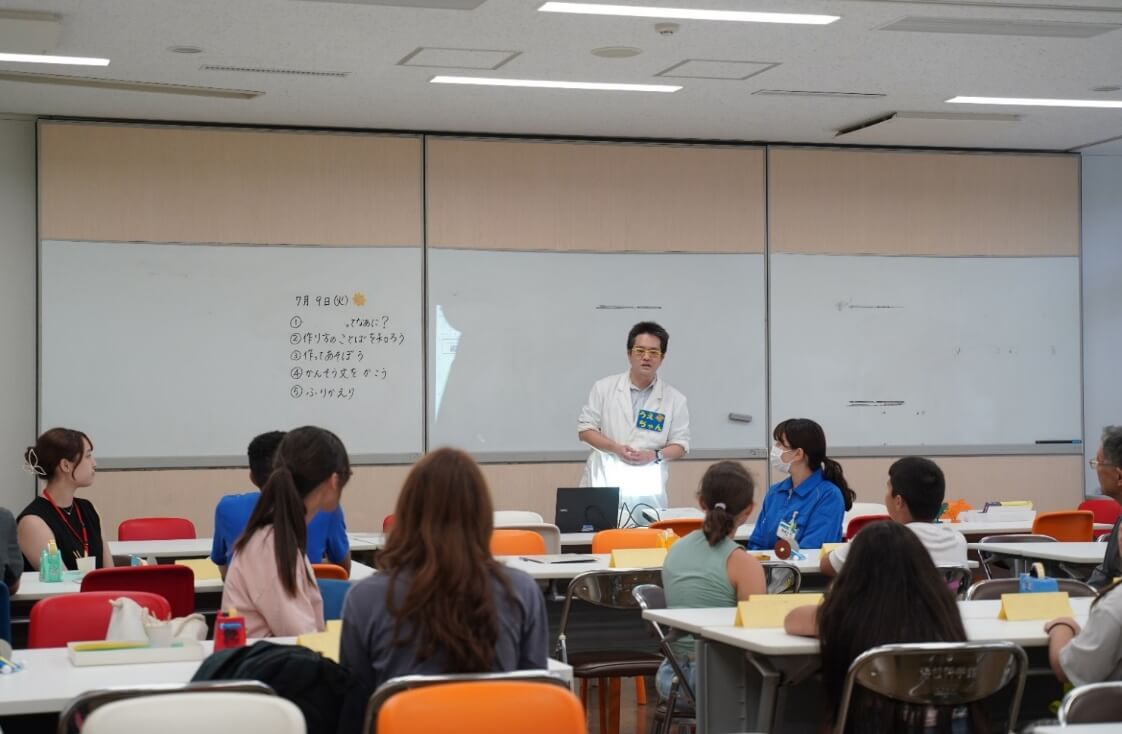 Science experiment classes in simple Japanese
Science experiment classes in simple Japanese
Deputy Director Kanda
My current goal is to continue supporting the activities of these staff members, because human capital management is the most important thing after all.
Over the past five years, I have seen everyone grow into people who are involved in the community and can create value, so I would like to continue working to create such a workplace.
Creating a science museum exhibit that is "unique to Hamamatsu" together with the local community
Hamamatsu Science Museum is currently undergoing a multi-year project to renovate its exhibits and facilities, with the first phase unveiled this spring.
From the concept to the design, construction and preparation for future operation, the museum has been led by on-site staff, with all design, production and construction being carried out in collaboration with local designers and companies.
With a vision of "a plaza where people can have free fun and where everything is filled with excitement," the ideas and thoughts of each staff member working at the museum about what they wish the place could be more like are being put into concrete form with the involvement of local residents, volunteers, local businesses, and city officials.
At the end of the interview, we spoke to Kato and Ueno, who managed the exhibition renewal project team, about their efforts in co-creation with the community in the exhibition renewal and what they hope to achieve in the future.
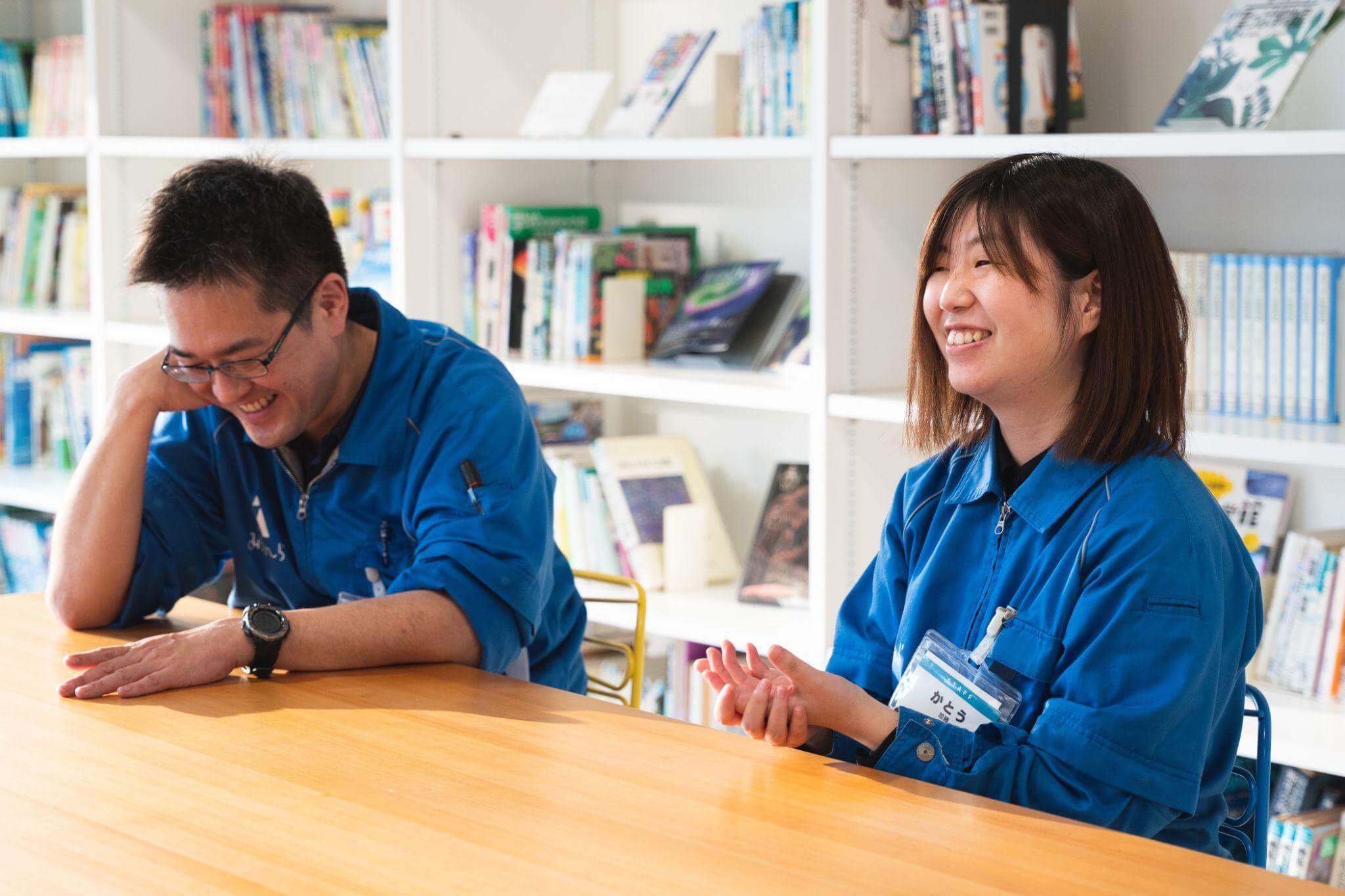
Kanako Kato (right in photo)
Business Planning Group Manager/PR Team Leader
After graduating from university, she worked in web production at a design firm, then joined Hamamatsu Science Museum as a public relations staff member in 2019, and will assume her current position from 2024.
He is also involved in the design and production of the museum's newsletter, "COMPASS," and various other printed materials. He is originally from Hamamatsu City.
Mototsugu Ueno (left)
Kato
The team members of the exhibition renewal project are not only the staff of the business planning group to which I and Mr. Ueno belong, but also the staff of the business management group to which Mr. Yokota and the attendant team belong, and are made up of members from across the organization. In addition, staff from the relevant department of Hamamatsu City also regularly participated in meetings.
The project team meetings sometimes took four to five hours because of the heated discussions. This was done in parallel with each person's regular work, so it was quite a tough experience.
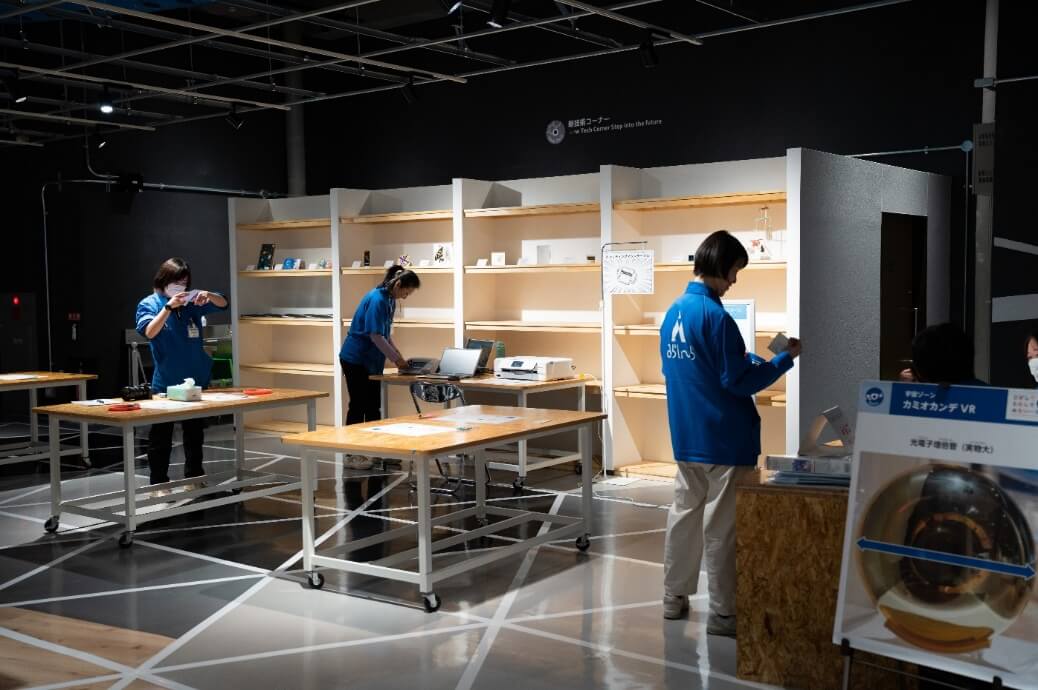 The Miraira Room was newly established as part of the renovation project.
The Miraira Room was newly established as part of the renovation project.
Ueno
But we still want to do it because we want the exhibition renewal to reflect the actual appearance and feelings of our current visitors. In order to create a one-of-a-kind museum that is unique to Hamamatsu, we wanted to reflect the perspectives and awareness of all the diverse people living in the area, including wheelchair users, blind people, deaf people, foreigners, and others. To achieve this, we have always thought that it is necessary for us, who know the visitors best, to create the exhibitions.
An exhibition is a "living thing". We want to nurture the exhibition and want it to grow. That's why we start after it's completed, and we want everyone to touch it, share their opinions, and evolve it further. Even if the "weird instruments" we made with the help of engineers from local companies break, we can ask for repairs right away.
In addition, all of the staff are able to quickly respond to visitors' comments such as "I wish there was something like this" or "It would be more interesting if you did it like this," and I believe that this helps to develop into even more interesting exhibits.
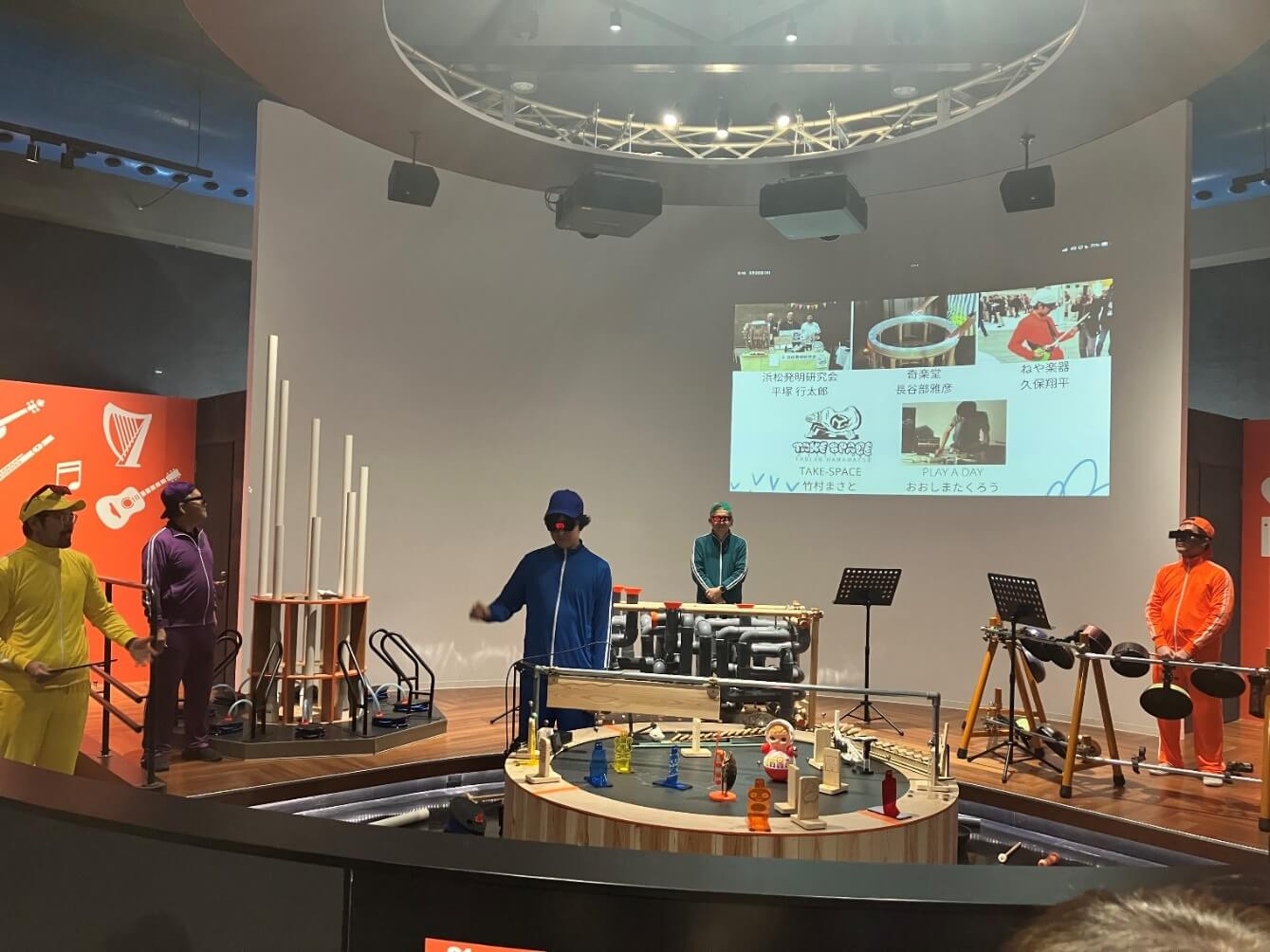 "Strange Instruments" created through ideas shared by engineers working at local companies
"Strange Instruments" created through ideas shared by engineers working at local companies
Kato
What we aimed for was a "soft exhibition" using analog, flexible and changeable spaces and equipment. At this point, we have not yet set a firm operational method for each exhibition, and we will start with a loose and open space. We hope to be able to create it little by little over time after the opening.
Ueno
What we had in mind when renewing this exhibition was to create a space where all the staff, volunteers, and local people involved could do what they are good at and where everyone could be the main character.
Kato
That's why we designed the renewal announcement so that various conjunctions could be added after "I" and "everyone."
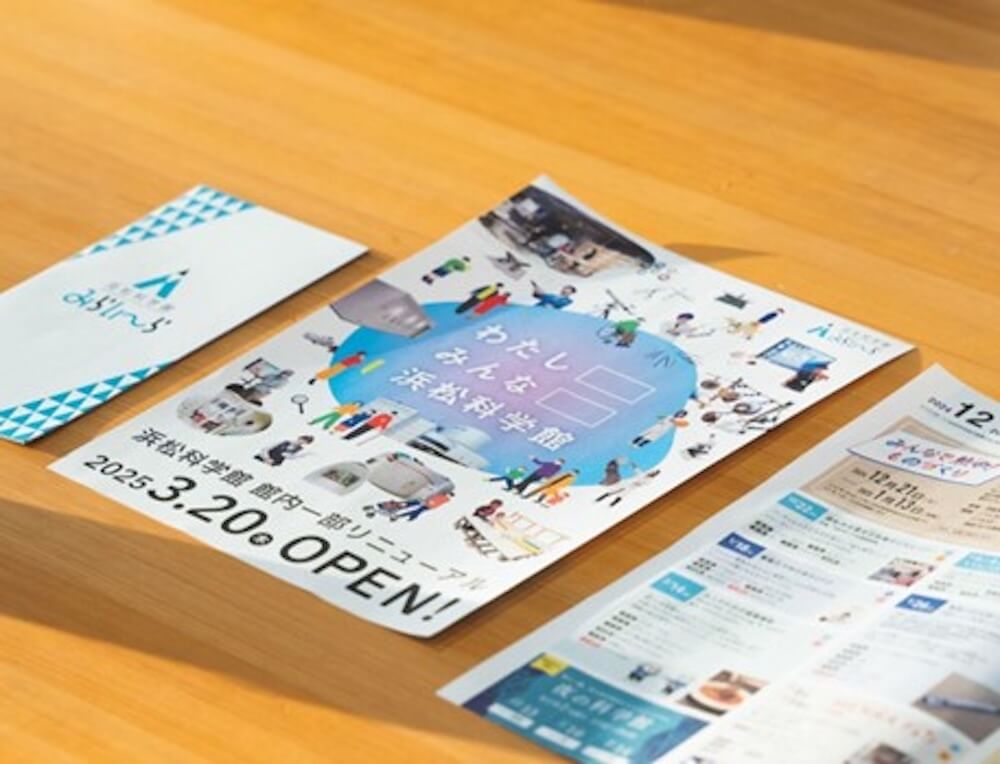 Exhibition reopening announcement flyer
Exhibition reopening announcement flyer
We want to create the best science museum in Japan together with the local community.
Ueno
I have always wanted to make the science museum where I work the best in Japan. With this renovation, we have made the museum easier for visitors to use, but we can also be proud to say that the friendliness of the local people who help us create exhibits and events, and the ease of doing business with local businesses, have made us the best in Japan.
I would be happy if people said, "Hamamatsu Science Museum is somehow different from other museums" or "It's a little unique."
Kato
The renewal project will continue and there are many things currently under discussion, but we would like to create a facility where users, staff, and local people can each freely choose their own "story" of how they want to interact with the facility.
Ueno
With the staff participating in both the mid-term plan and the renewal project, I think everyone is beginning to think about Hamamatsu Science Museum as something that concerns them personally, to some extent.
By the time the second phase of renovation is completed in 2027, we will have been thinking about what we have done up until then and what kind of Hamamatsu Science Museum we want to create in the future.
We will continue to take on the challenge with the belief that "maybe we can do it" and "maybe we can change something," and we would like to continue working with everyone involved to create a science museum that is "unique to Hamamatsu" and "only in Hamamatsu."
 Opening ceremony for the first phase of exhibition renewal
Opening ceremony for the first phase of exhibition renewal
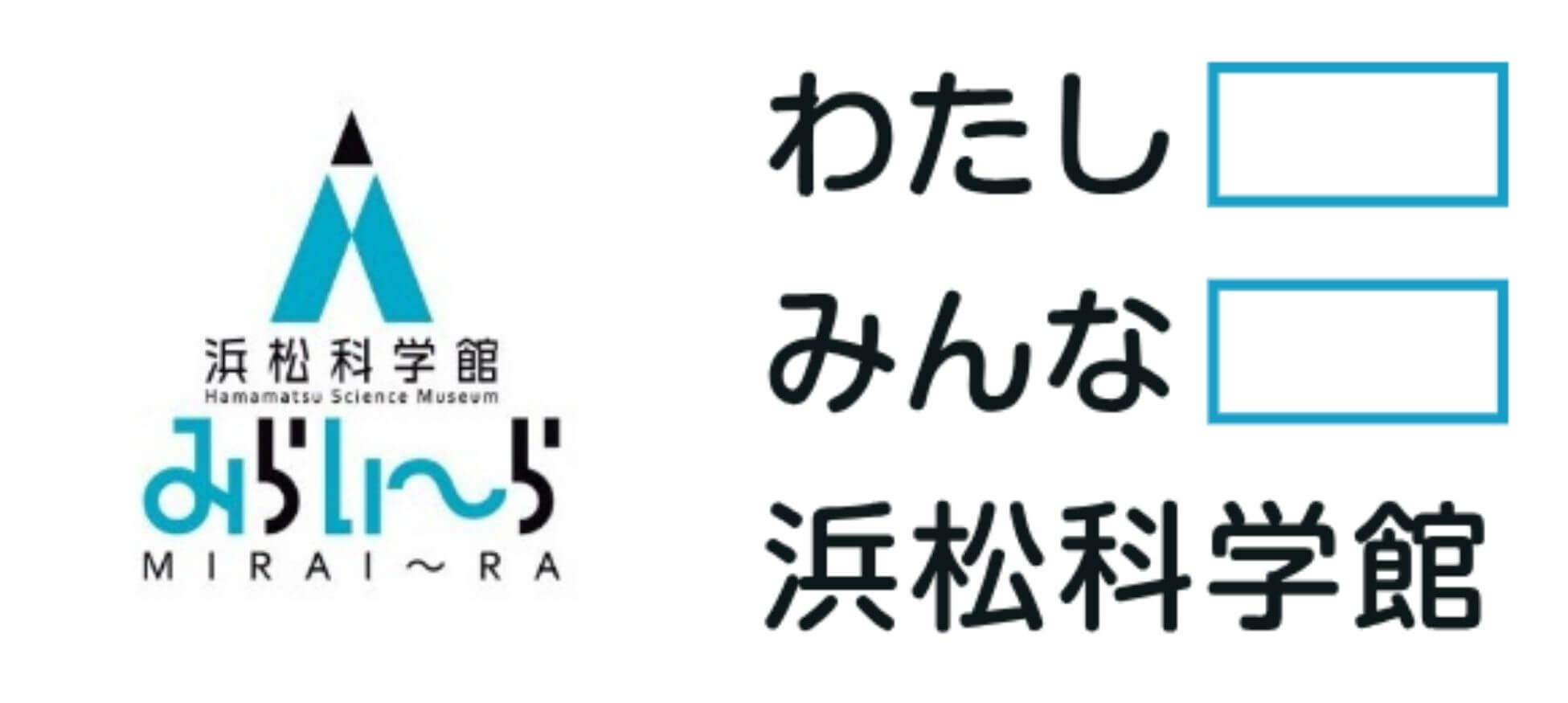
Hamamatsu Science Museum Exhibition Renewal Announcement Site
https://lp.mirai-ra.jp/
[Planning/Person in charge]
NOMURA Co., Ltd. Co., Ltd.
Business Production Headquarters, 3rd General Affairs Department, Facilities Business Operations Department, Development Promotion Division
Miki Mori Planning Director
Lisa Aoki
Photography: Tomo Kawakami Text and composition: Naomi
Like this article?
- editor
-
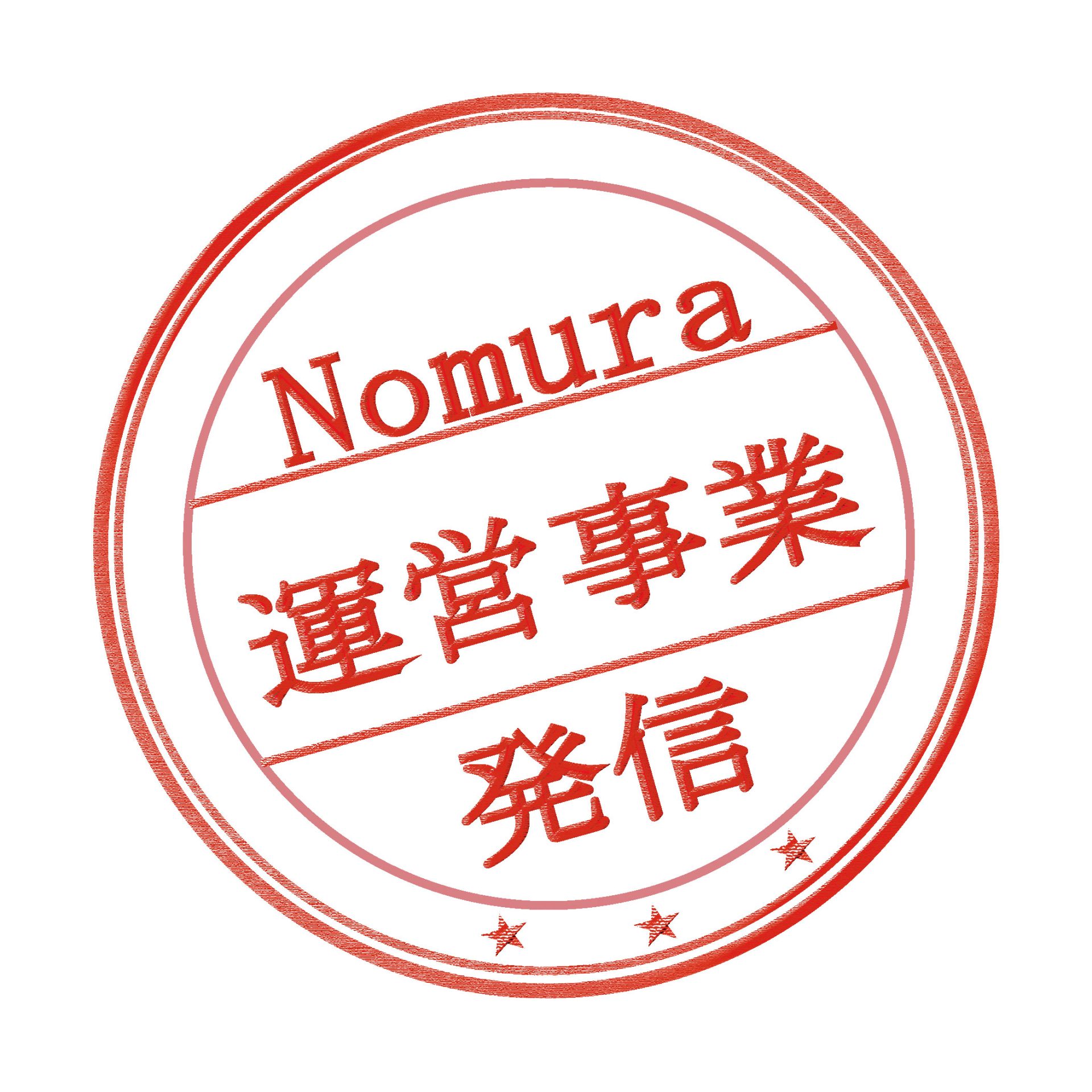
-
NOMURA Co., Ltd. Facility Management Business
Taking facility management business to the next stage
